The photo of my terrace was taken in mid-September of 2015. Container gardening is tricky at the best of times, as Toronto’s summers are short and wintering plants is difficult. However, I ignore the drawbacks, as I consider the terrace similar to a cottage, a retreat from the busy world, but without the bother of facing the traffic on Ontario’s highways. We owned a cottage for many years, but being older, a terrace more than compensates for the lost pleasures of a retreat in the country. This would not be true for everyone, but it suits me admirably. Because container gardening requires less labour than either a cottage or a backyard garden, I have more time to sit on the terrace reading a book on my Kobo, enjoying dining outdoors, or simply relaxing and with a glass of wine. Almost no weeding is required when growing plants in containers and I have an automatic watering system, which I purchased at Canada Blooms for less than $150. It has worked well for the past 12 years, so after the garden is planted in late-May, I have very little work.
The percentage of Toronto’s population living in condominiums and apartments increases annually. Growing plants in containers is big business, with tomatoes, basil and other herbs particularly popular. I have been container gardening for over 40 years, and though I am certainly not an expert, I thoroughly enjoy it. I faithfully attend Canada Blooms each spring, but I am always disappointed that so little attention is given to container gardening.
I am fortunate that my terrace faces south, but in Toronto during the summer months, even a northern exposure provides much sunlight. Fifteen year ago, when I chose containers for the terrace, I purchased the largest pots and planters that were practical for the size of my outdoor space. It is 200 square feet, so is perhaps larger than some condos, but my previous condo balcony was only 48 square feet, and I took great delight in planting it each spring as well. However, I had hanging baskets on it and placed planter boxes on the railing as the floor space was quite limited.
I enjoy including perennials in my terrace garden, particularly evergreens as they offer greenery during the winter months. On the advice of the nurseries, I purchased Alberta spruce and boxwood. I also purchased a chokeberry bush as they bloom in early spring. They told me that if they lasted five years in pots, I was doing well. Mine have lasted much longer, with great care given to wintering them. Our climate is very hard on plants in containers, particularly the last few winters, as they were exceptionally cold. Each autumn, I place mulch around the perennials. However, the side of the evergreens that is exposed to the wind tends to dry out and they lose leaves (or needles). Burlap can protect them, but I am rather lazy and cannot be bothered. This winter I intend to spray them in November with “Wilt Pruf,” as I am told that it prevents this from happening. I bought it in a nursery and will give it a try.
I have found that double-potting plants helps maintain perennials during the winter. Both pots are plastic, the outer pots being white to reflect the winter sun. The inner pots can be any colour, as they are not exposed. The air space between the pots helps insulate the inner pots from thawing on mild days. Employing this technique, I have been very successful with hosta. It is the alternate freezing and thawing of the roots of the plants that kills them.
I have two Alberta Spruce, which are also in double pots. The winter of 2016 will be their fifth winter. Alberta spruce tend to become root-bound after a few years and eventually lose needles. I will not purchase any more of them when the two trees that I presently have die off.
This boxwood plant has survived twelve winters in a planter box that is of sufficient size that the soil does not thaw during mild spells in winter. It stays green all year so is ideal.
This chokeberry bush has survived five winters, and is also in a large planter. It has white blossoms in spring and produces purple berries in late-August.
The berries on the chokeberry bush are the colour and size of blueberries, but are more sour. They would be good for jams or jellies. I cut them off and discard them, as when they fall to the decking they stain it. I do not care to make either jam or jelly. You guessed it. I am too lazy!
For the last three years I have planted grafted tomato plants, their commercial name being “Mighty Mato.” They are tomato plants that have been grafted onto a stronger variety. They tend to be expensive ($12.00 per plant) but for me, they are worth the price. My tomato plants this year were seven feet tall and yielded an abundance of tomatoes. I bought only two plants, and placed them in the largest pot I own. During the growing season, I trimmed the leaves to allow more light to penetrate to the interior. This produced more fruit and because the air circulated well around the leaves, there was no blight. The above photo was taken on September 18, 2015.
Last fall, I collected the seeds from a snapdragon plants that I particularly liked. I planted them indoors last April and transplanted the seedlings in late-May. I placed them at the back of my boxes, as I knew they would grow tall.
I planted sweet alyssum as a border and was surprised when they became trailing plants that covered sides of the boxes. It was perfect, as they did not compete with the begonias for sunlight, and they bloom until late in the season. I chose begonias as my main annual this year as they do not require dead-heading, bloom the entire summer, and their leaves do not turn brown in August. I like petunias and verbena, but the leaves at the bottom of the stems turn brown in August.
I planted only yellow and red begonias this year. They were spectacular, growing beside the while alyssum. These photos were taken on September 20, 2015.
I reserve one section of my garden for herbs. I prefer the perennial variety and all of them have survived for the last ten years, despite the previous two bitter winters. The plant in the foreground is tarragon, to the right of it is garlic chives, and behind them are chocolate mint and thyme.
This rosemary plant is ten years old. It is in a pot, which I bring it indoors each autumn. The plastic pot has no bottom, as I used a strong pair of scissors to cut it out. Each year, I bury the rosemary in the soil in the large container box. It grows roots in the soil all summer. In the autumn, I pull up the pot, cut off the summer’s growth of roots, and bring the plant inside. This stunts its growth, so it is like having a “bonsai” rosemary bush. Even after ten years, it is an appropriate size for indoors and provides rosemary all winter.
Basil and parsley are the only annual herbs that I grow. I prefer Italian basil as it has a stronger, more pungent taste. This is the result of two small plants purchased at a corner store in the Kensington Market. I usually place a few flowers around the basil plants to add colour, though they are not visible in this photo.
I always buy curly parsley and plant it among the flowers. It is quite showy. I thin it regularly so that sunlight is able to reach the interior of the plant. This promotes growth and prevents the inner leaves from turning yellow.
The dark-red coleus plants in the pot in the centre of the table are from cuttings that I kept in a jar of water all winter. I have kept cuttings from this variety for the last 20 years. It is particularly hardy and very aggressive. The other colours of coleus I purchased last spring.
Last September (2014) I purchased two pots of purple asters at a store on Queen Street and planted them in the soil in the boxes to provide autumn colour. To my delight, they came up in the spring. I transplanted them to the rear of the boxes as I knew they would become quite tall. I went on-line and discovered that in mid-June, I should cut the plants in half. They re-grew during July and August, and now (September), I have a great display of blossoms. Photo taken September 20, 2015.
On the east side of the terrace there is an unsightly wall of cement blocks from the building next door. Engelmann ivy is fast growing and soon covered the wall beautifully. This ivy is now twelve years old. Planted among the ivy there are three clematis, which add colour to the wall of greenery. They had finished blooming when this photo was taken in mid-September. The herb section and the pot of rosemary are in front of the ivy. In the corner is an ornamental grass.
Clematis covers the west side of the terrace, visible in the background of the picture, growing against the metal balcony divider. It is supported by a trellis. I purchased clematis varieties that were hardy to zones 3 or 4. If they are zone 5 or above, I have had no success in wintering them in containers. They are also in large container-boxes to prevent their roots from thawing in mild spells during the winter. Two years ago all my clematis died because of the severe winter. I believe it was the ice storm that killed them. The clematis in the photo are now two years old. The ones that were killed were ten years old.
This photo was taken in July when the clematis were in full bloom.
The west side of the terrace on September 18, 2015.
I planted ornamental grasses this year to replace two Alberta spruce that were almost dead. The ornamental grasses are very hardy and grow tall to provide great background for the annuals. The grass that I selected was North Sea Wild Oats. It is a perennial and hardy to –40 degrees Celsius. The seeds from the grasses provide food for the birds in winter.
Photo of the west side of the terrace. In the centre of the photo (in the corner), is a clump of North Sea Wild Oats.
To view the Home Page for this blog: https://tayloronhistory.com/
To view previous blogs about movie houses of Toronto—historic and modern
Recent publication entitled “Toronto’s Theatres and the Golden Age of the Silver Screen,” by the author of this blog. The publication explores 50 of Toronto’s old theatres and contains over 80 archival photographs of the facades, marquees and interiors of the theatres. It relates anecdotes and stories of the author and others who experienced these grand old movie houses.
To place an order for this book:
Book also available in Chapter/Indigo, the Bell Lightbox Book Store and by phoning University of Toronto Press, Distribution: 416-667-7791
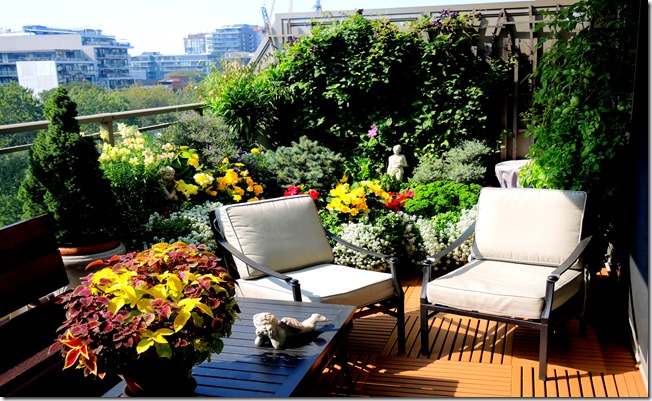
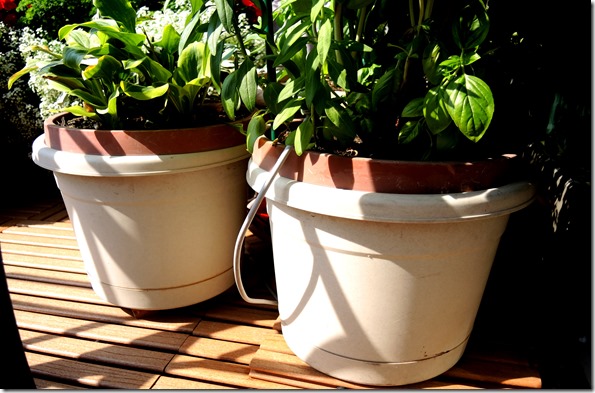

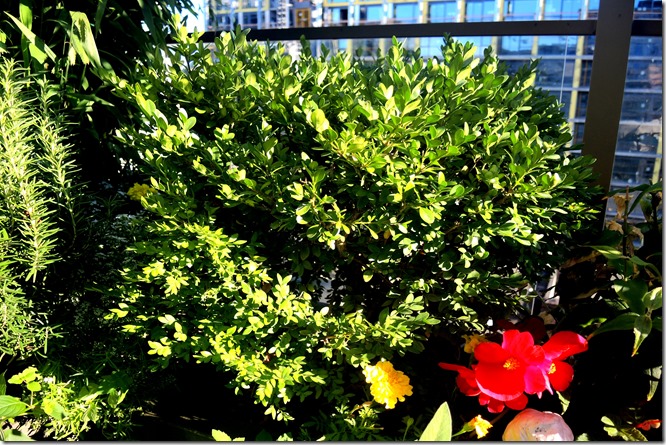
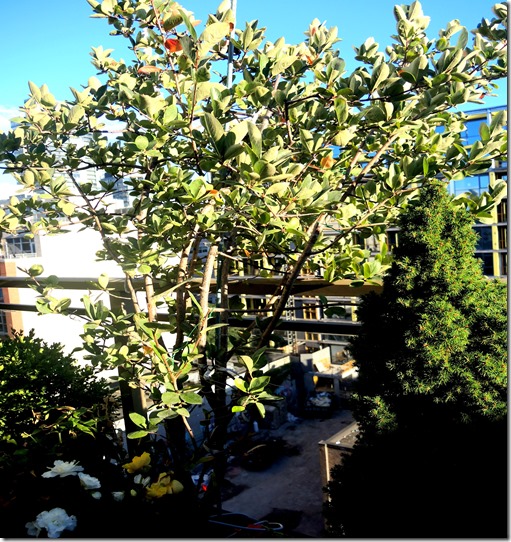
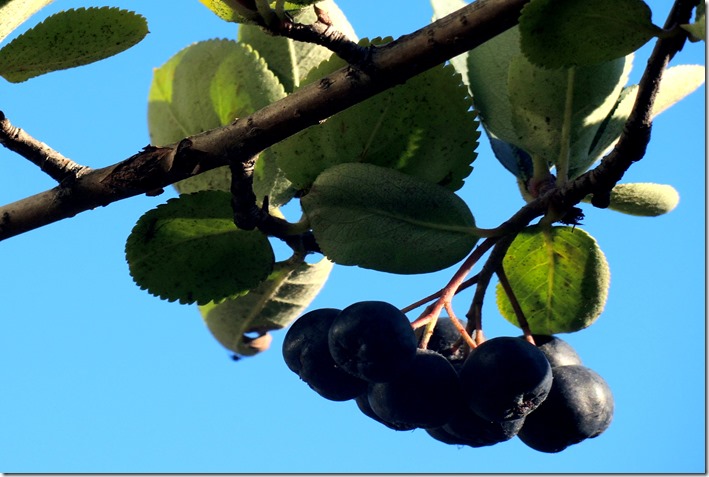
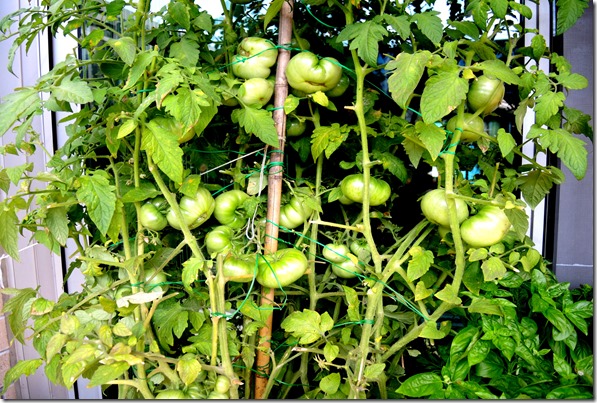
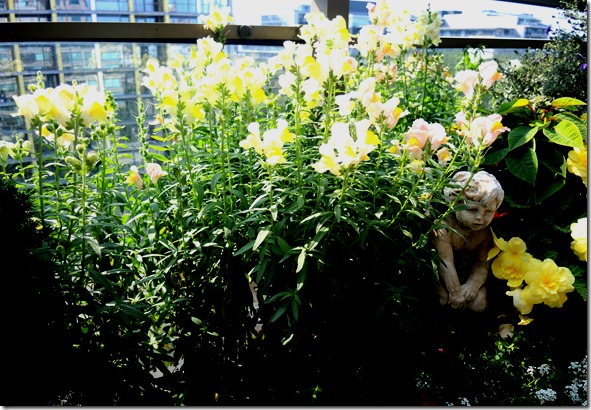
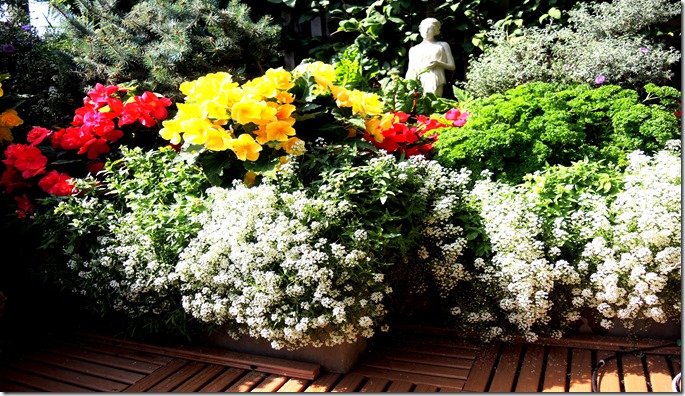
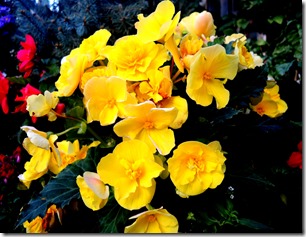
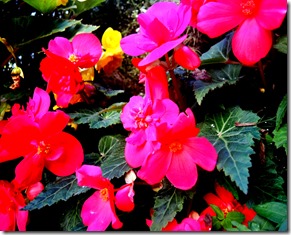
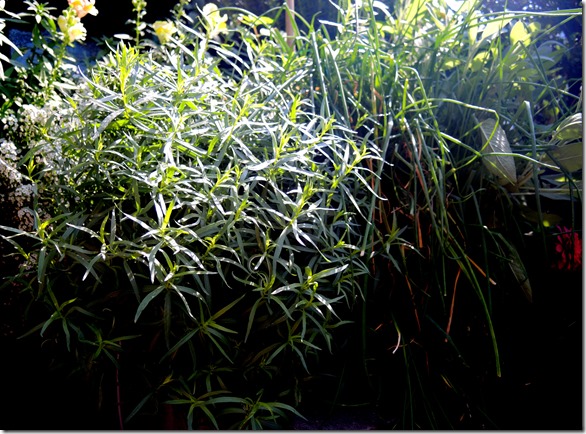
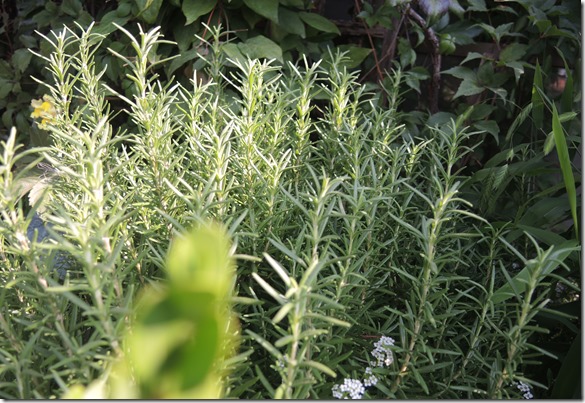

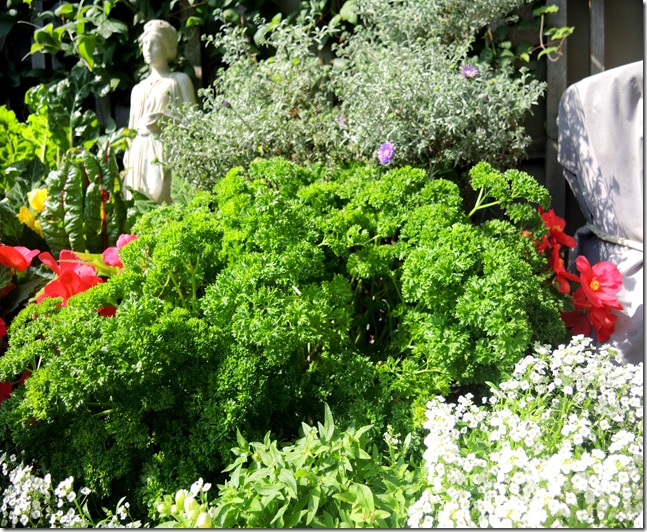
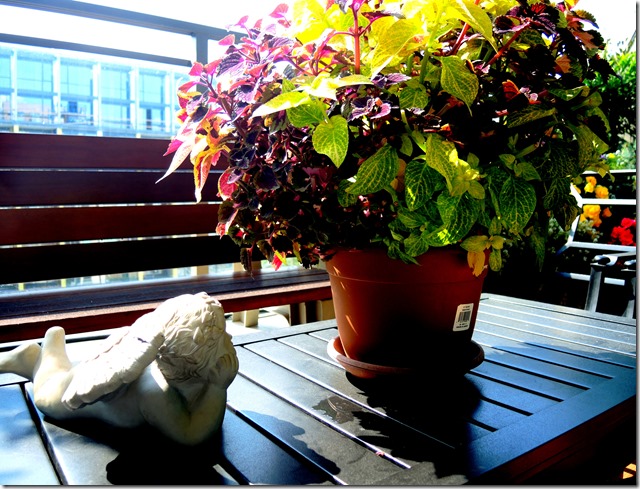
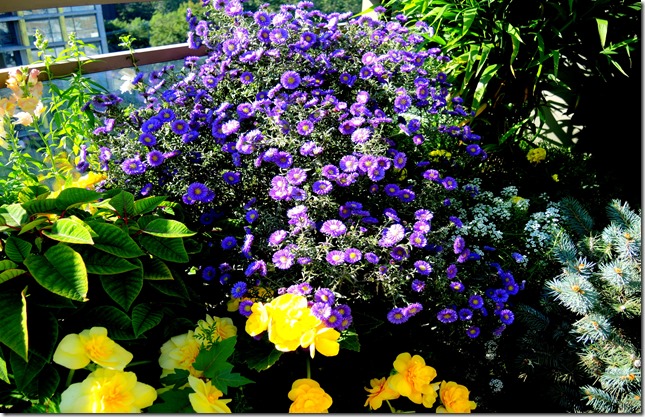
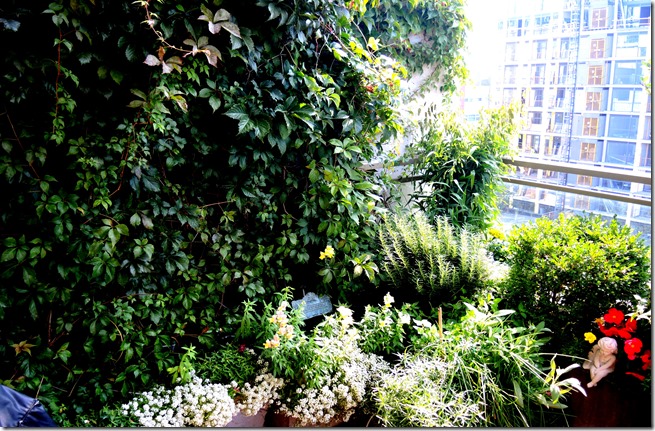
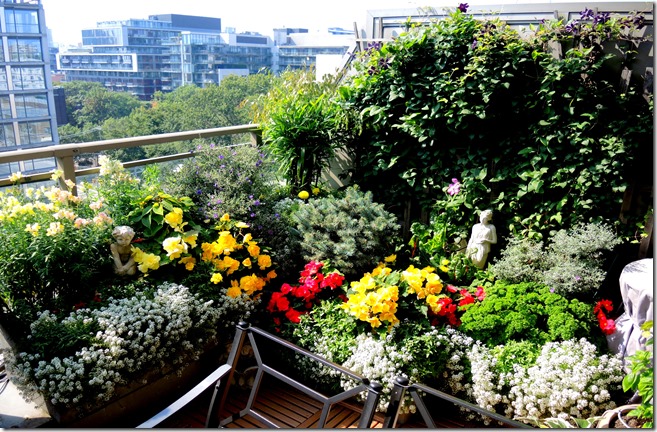
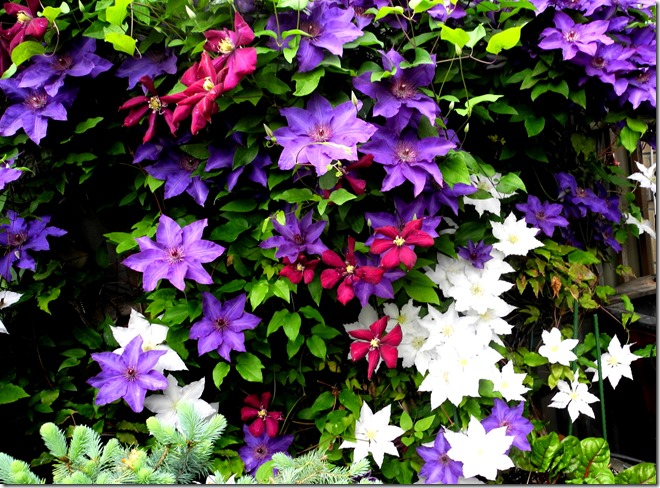
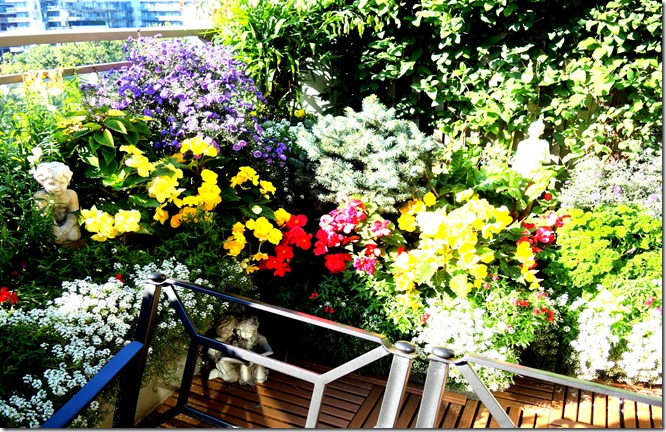
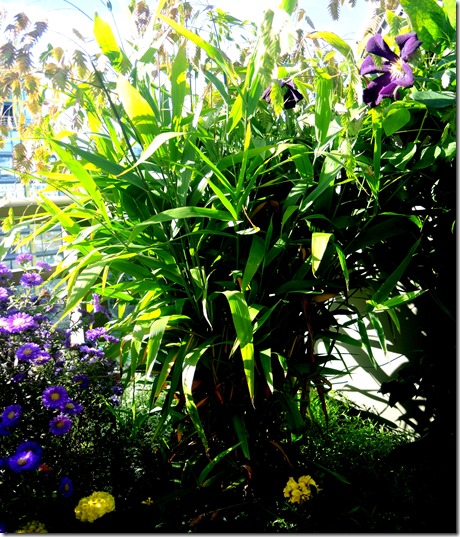
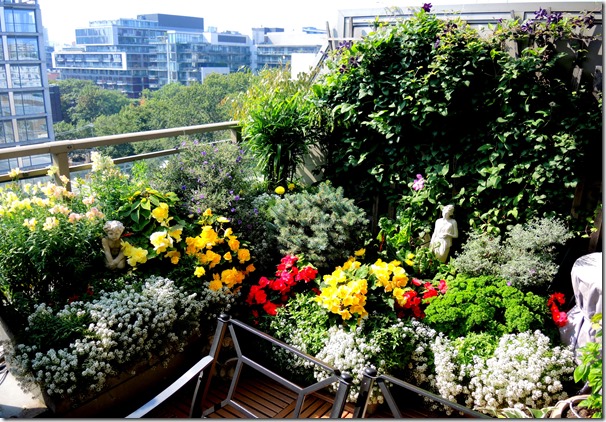
![cid_E474E4F9-11FC-42C9-AAAD-1B66D852[1] cid_E474E4F9-11FC-42C9-AAAD-1B66D852[1]](https://tayloronhistory.com/wp-content/uploads/2015/09/cid_e474e4f9-11fc-42c9-aaad-1b66d8521_thumb2.jpg)